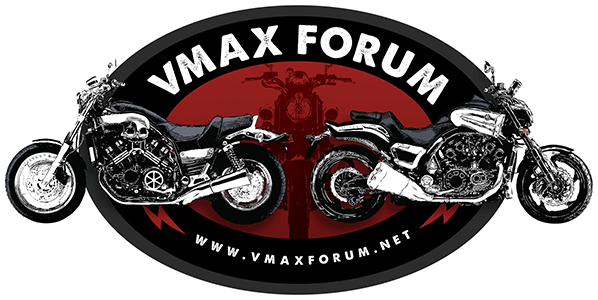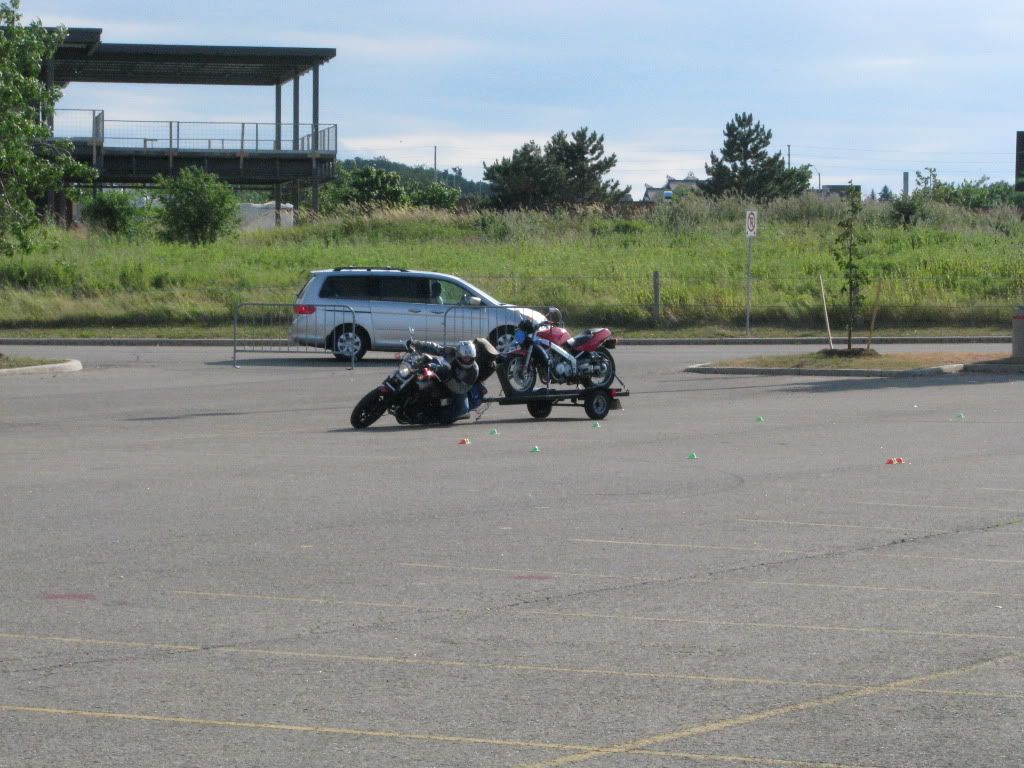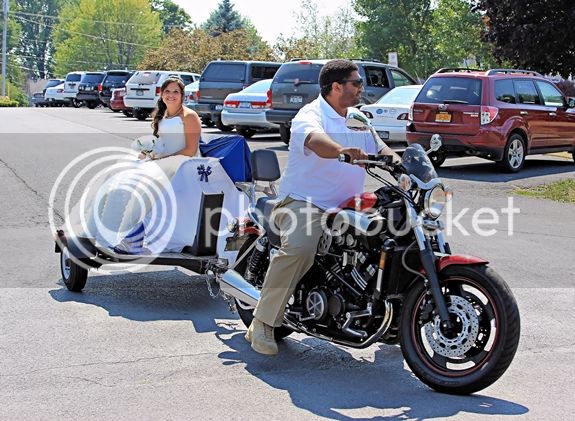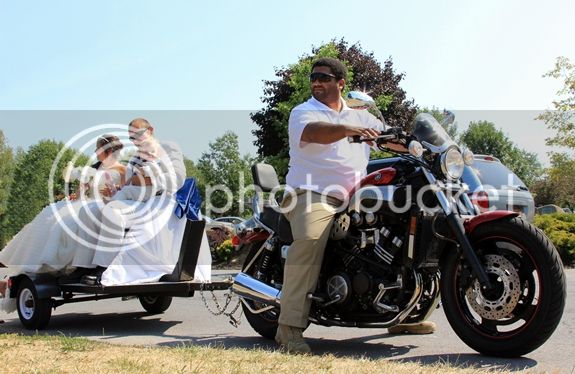Yes, why-not have a larger readership to draw interest in both VMOA and the bikes?
I breezed thru it, and thought the writing and editorship was well-done. People don't always write well, and there is no-need to publish things where poor spelling and grammar are evident. Now, if you're talking about a professional writer authoring a short story, a paid magazine article, or a novel, well, then yes, sometimes you have intentionally-misspelled words and slang. This is not that.
There is a good mix of stories of riders' experiences, and everyone likes to read about the fun times people have, or issues where someone works thru things to get where they need to be. The products of interest to riders is always a good staple of publishing. It was in an April '96 BMW-MOA publication that I first became-aware of the RICOR's, similar to Cartrige Emulators. Now I have a set for my VMax.
I also read with interest the air ambulance flight medic article. From its proximity to the "Tail of the Dragon," I assume they occasionally get some significant trauma from overly-enthusiastic riders. One thing I would mention about the subject, is that only a properly-trained EMS person or ER personnel who know what they're doing and who have trained to do it should be removing a rider's helmet. The risk to the rider from someone not knowing what they are doing removing a rider's helmet may prove to be a life-altering episode, and not for the good! As a rider arriving at the scene, you are better-off to put in a call thru 911 about your exact location, how-many riders/passengers are involved, and your general impression of their states of consciousness. There is much-more to it than this, but if there are multiple victims who are unconscious, bleeding profusely, evidence of compound fractures, not breathing, or the like, the dispatcher needs to know to be able to send an appropriate response team sufficient to care-for and to transport all those needing it. The best thing you can do coming to such a scene, is to ensure as-much as-possible scene safety for yourself and the people involved. One of your riding party might need to backtrack up the road a bit and to position themselves so as-to warn approaching drivers of the carnage ahead. Make that call to 911, give a plain-English description of the number of victims, their conditions, and then listen, as the 911 dispatchers will usually offer treatment advice while awaiting fire-rescue's arrival. Holding a downed rider's helmet in a midline position (neither rotated right nor left, and not flexed forward or in a backwards-direction) is probably the best thing for that person under the circumstances. And, don't listen to well-intentioned bystanders, who want-to "take-off that guy's helmet, and let's have a look-see," as you may turn him or her into a quadraplegic. If someone really wants to 'press the point' about removing the helmet, ask them to show you their MD license and ask them if they are going to accept responsibility for the patient, and accompany them to the hospital for transfer of care to the receiving physician? This will usually shut them up, as they probably aren't a physician, or they aren't going to be willing to accept responsibility for the patient and aren't going to accompany the victim to the ER.
Anyway, a good job on the VMOA magazine, and making it more-available can only increase readership and membership.






























![Bovemanx Motorcycle Phone Mount Holder, [150mph Wind Anti-Shake][7.2inch Big Phone Friendly] Bike Phone Holder, Motorcycle Handlebar Cell Phone Clamp, Compatible with iPhone 16 Pro Max Smartphones](https://m.media-amazon.com/images/I/51F+1sontPL._SL500_.jpg)






